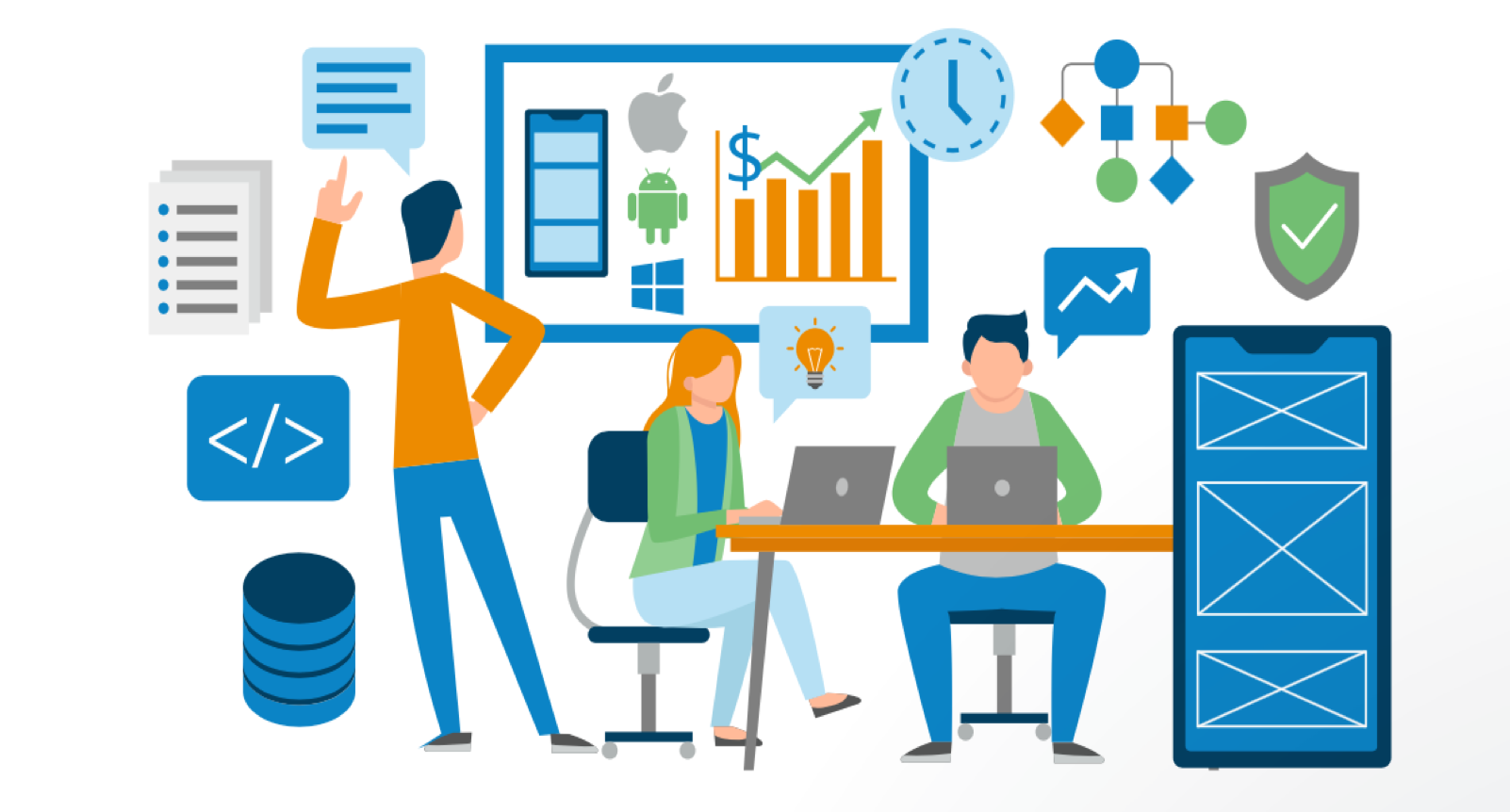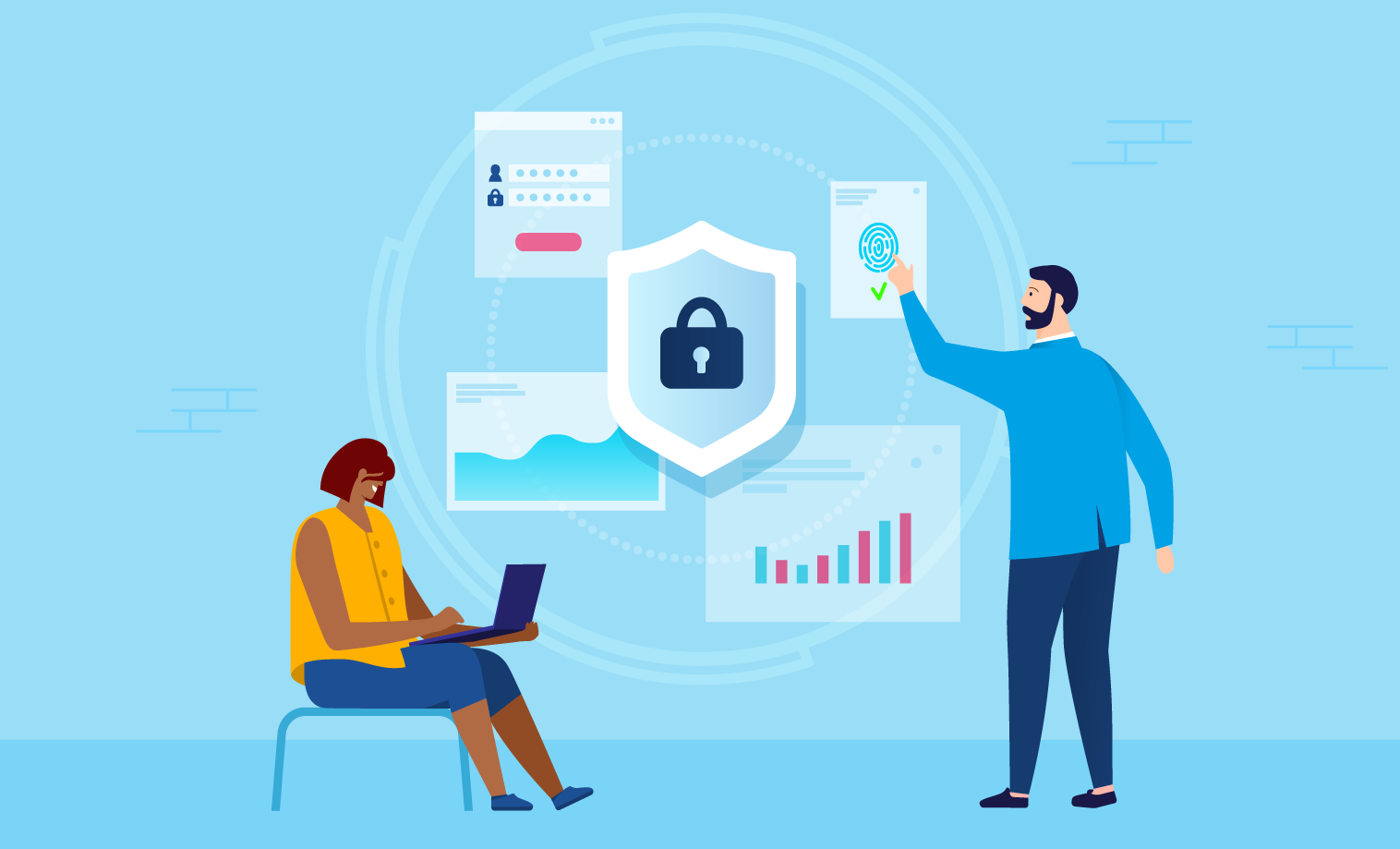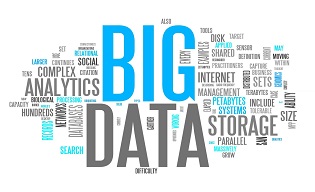Finding Hidden Customer Behavior Patterns Using Big Data Analytics

For forward thinking leaders, Big Data can lead to even bigger profits. So, partner with the best tools and people you can find, and dive in!
In 2013, an astounding statistic began circulating in the tech and business spheres: 90% of all global data was created over the last two years. It’s as if data had been dormant prior to 2015 and has only just begun to be produced.
In many ways, that’s true. Historically, companies have been able to track only a limited amount of information about their customers, such as names, phone numbers, and previous transactions. Thanks to advancements in smart phones, social media, and e-commerce, we’re now able to track almost every major moment of our lives and turn this information into data.

Businesses now have access to a whole slew of new information about their customer base across many decision points — including their reactions to different stimuli in social media and advertisements.
They have a massive opportunity to better understand how customers make decisions and predict their future behavior when presented with new stimuli. While the customer may not know exactly why he bought a new hat, the business that sold it to him will. New techniques allow businesses to analyze data points over a long lifespan of interactions in order to disaggregate how customers make decisions.
While this influx of data is exciting, it is also difficult to interpret.
Without the ability to interpret the data, it becomes meaningless. That’s where behavioral analytics come in. Much like applying complex root-cause analysis to weather patterns, with the right information, human behavior can be predicted too.
Behavioral analysis aims to understand how and why consumers behave the way they do in order to predict what they are likely to do when presented with new situations. By compiling and analyzing raw data points like clicks, tweets, and online purchases, behavioral analysts can uncover hidden inner drivers. These insights help businesses understand what marketing should be used for individual customers — at the right time and at the right place.
Behavioral Analytics in Action
Many businesses are already taking advantage of these analytics. At my company, Brillio, we recently worked with a U.S. retailer and used behavioral analytics to identify their most loyal segments within their customer base. We tracked millions of individuals through years of transactions and made various discoveries.
For example, we learned that customers that engaged with this retailer for their wedding plans remained extremely devoted to the brand over time and became one of their most profitable customer types. What did the company do with this insight? They began to invest in and market towards customers that shared similar underlying traits (especially during special occasions). This resulted in a significant uptick in revenue and long-term value.
In another retailer, we utilized a deep learning engine to predict customer-buying decisions. When customers choose a shirt or pair of pants, their brain makes millions of different decisions at once. On behalf of this company, we developed a neural network algorithm to model the brain’s decisions when exposed to different stimuli.
The algorithm enabled the company to map customers’ tastes—and use that map to predict future behavior. For example, if a customer liked a specific pair of dark jeans, the algorithm would predict their fondness for a certain sweater. Our client used this information to make targeted and more effective marketing suggestions.
Where to Start
Sifting through Big Data is a huge undertaking. Even though it may seem overwhelming, it can give your businesses a competitive edge.
For business owners that have yet to harness Big Data analytics to understand customer behavior — it’s not too late. My advice? Start small, but start now.
Find a Good Partner
Developing this capability in-house can be very time-consuming and costly. The fastest and safest way to dive into this space is to work with a partner who knows this space and can guide you through it.
Find an established expert who understands your business and can educate you on how to mine and interpret data to generate the type of insights and impact you need. Even if you work with a partner, ultimately you will need to own this capability. So be sure that the journey strategically builds upon your own capabilities (determined during the insight generation phase after data analysis).
Answer the Right Questions
Before diving in to explore your data, determine the three to four big questions you want to answer first. This is crucial because it’s easy to get distracted by the exciting new paths that open when you start looking at the data.
Sample questions include: Who are my best customers? How do my best customers shop?
Narrowing this down will give you a clear focus and help guide the data ecosystem you’re looking to define.
Make It Sustainable
When you’re using data to answer these big questions, be sure to consider how the answers can evolve over time. When you’re creating your data ecosystem, try to define a process that can be recreated and refreshed. That way, not only can you respond to the same critical questions in the future, but you’ll also be able to answer new questions that come up along the way.
For example, when embarking in major data processing before a project, ask your teams to record these steps and keep all links and sources live. This will allow your partner or data engineering team to execute future refreshes when new data is generated. This agility prepares you to handle changes as they happen.
Don’t Wait Until The Data Is Perfect
Finally, this is not the time to be a perfectionist — some analyses could take years to get right. Executives often hold off on making decisions based on data until they know the analysis is 100% correct. This can waste precious time and resources. Instead of waiting for a clear result, pay attention to what your data is signaling and know you’re making decisions with a certain degree of confidence (which, in most cases, is enough to make go/no-go decision).
Remember, it’s often riskier to not take risks. If you’re willing to fail fast, small, and inexpensively, your organization will learn and become stronger as a result. For forward thinking leaders, Big Data can lead to even bigger profits. So, partner with the best tools and people you can find, and dive in!
Bestarion Website Admin



